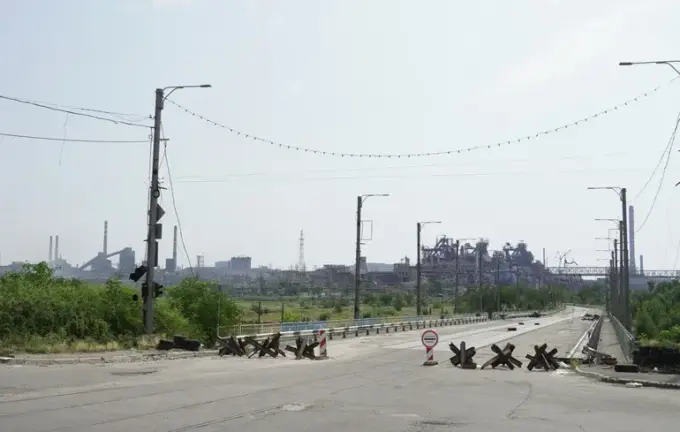Assessment of Labour Migration and Socioeconomic Challenges in Occupied Donbas

According to estimates by Ukrainian intelligence and military experts, approximately 900,000 people have left the occupied territories of Donbas and are seeking refuge in other regions of Ukraine.
These figures are provided by the Main Intelligence Directorate of the Ukrainian Defense Ministry, emphasizing that labor migration is a key aspect of the socio-economic situation in these areas.
Local residents, contacted by ZN.UA, point out that the occupation authorities mainly focus on strategic military sites — towns located along railway lines along the Sea of Azov coast, linking Russia with the temporarily annexed Crimea.
Such cities include Volnovakha, Mariupol, Skadovsk, Luhansk, and Berdyansk, each playing a crucial role in logistical support for occupying forces.
Meanwhile, residents observe that due to ongoing military conflict and economic collapse, many are avoiding conscription, as mobilization has been ongoing in the occupied territories since 2022 and continues to this day.
Military journalist Yevhen Shibalov highlights the rapid increase in property prices—some exceeding 50% compared to Russian markets—driven by the occupation administration’s decrees on compulsory seizure of homes from individuals labeled as “Ukrainian spies” or “traitors to the homeland.” This situation prompts residents to attempt to profit from the crisis by selling their property to buyers with foreign money, fearing they might lose their homes without compensation.
Data from the Main Intelligence Directorate show that over three thousand small and medium-sized enterprises have ceased operations in the occupied regions due to ongoing fighting, and less than 30% of the local population in Luhansk and Donetsk can access stable employment.
These economic hardships lead to widespread unemployment and rising poverty, deepening social tensions in the territories, making life increasingly difficult for residents with each passing day.

